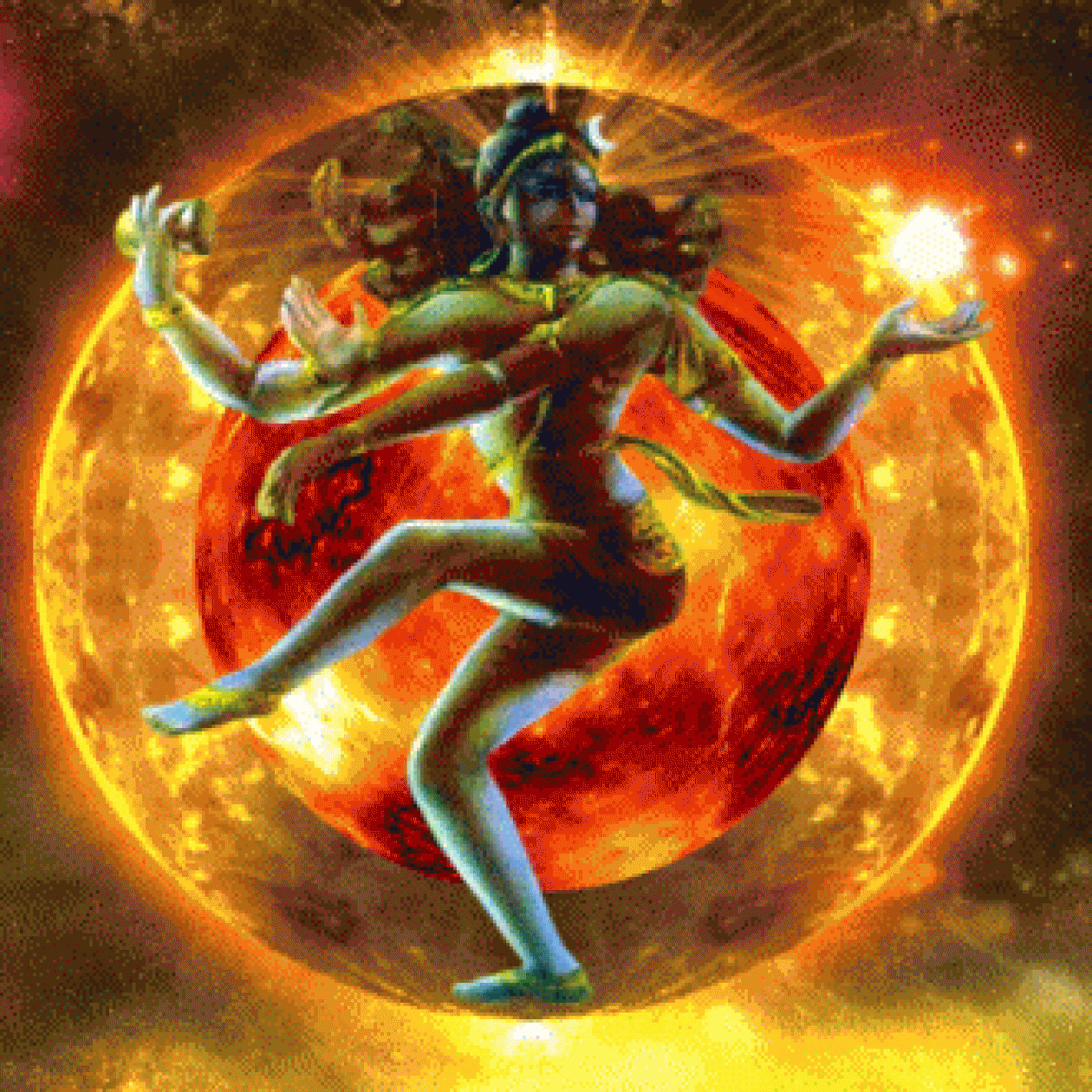Amazing Science, Cosmology and Psychology, Medicine (Ayurveda),

Amazing Science, Cosmology and Psychology, Medicine (Ayurveda),
Taxila University (The world’s first university),
Mathematics, Zero, the most powerful tool, Geometry, The value of Pi in India, Pythagorean Theorem or Baudhayana Theorem? Raising 10 to the power of 53, Astronomy, The Law of Gravity- 1200 years before Newton, Measurement of Time, Plastic surgery in India 2600 years old, 125 types of surgical instruments, 300 different operations, India’s contributions acknowledged by historians and scholars
The Ruins of Nalanda University (The world’s first university)Takshashila (Taxila)
Around 2700 years ago, as early as 700 BCE there existed a giant University at Takshashila, located in the northwest region of India.Not only Indians but also students from as far as Babylonia, Greece, Syria, Arabia and China came to study.68 different streams of knowledge were on the syllabus.
Experienced masters taught a wide range of subjects.
Vedas, Language, Grammar, Philosophy, Medicine, Surgery, Archery, Politics, Warfare, Astronomy, Accounts, commerce, Futurology, Documentation, Occult, Music, Dance, The art of discovering hidden treasures, etc.
The minimum entrance age was 16 and there were 10,500 students.
The panel of Masters included renowned names like Kautilya, Panini, Jivak and Vishnu Sharma.
Taxila University
Takshashila, (later corrupted as Taxila),one of the topmost centers of education at that time in India became Chanakya’s breeding ground of acquiring knowledge in the practical and theoretical aspect. The teachers were highly knowledgeable who used to teach son’s of kings. It is said that a certain teacher had 101 students and all of them were princes! The university at Taxila was well versed in teaching the subjects using the best of practical knowledge acquired by the teachers. The age of entering the university was sixteen.
The branches of studies most sought after in around India ranged from law, medicine, warfare and other indigenous forms of learning. The four Vedas, archery, hunting, elephant-lore and 18 arts were taught at the university of Taxila. So prominent was the place where Chanakya received his education that it goes to show the making of the genius. The very requirements of admission filtered out the outlawed and people with lesser credentials.
At a time when the Dark Ages were looming large, the existence of a university of Taxila’s grandeur really makes India stand apart way ahead of the European countries who struggled with ignorance and total information blackout. For the Indian subcontinent Taxila stood as a lighthouse of higher knowledge and pride of India. In the present day world, Taxila is situated in Pakistan at a place called Rawalpindi. The university accommodated more than 10,000 students at a time.
The university offered courses spanning a period of more than eight years. The students were admitted after graduating from their own countries. Aspiring students opted for elective subjects going for in depth studies in specialized branches of learning. After graduating from the university, the students are recognized as the best scholars in the subcontinent. It became a cultural heritage as time passed. Taxila was the junction where people of different origins mingled with each other and exchanged knowledge of their countries.
The university was famous as “Taxila” university, named after the city where it was situated. The king and rich people of the region used to donate lavishly for the development of the university. In the religious scriptures also, Taxila is mentioned as the place where the king of snakes, Vasuki selected Taxila for the dissemination of knowledge on earth.
Here it would be essential to mention briefly the range of subjects taught in the university of Taxila. (1) Science, (2) Philosophy, (3) Ayurveda, (4) Grammar of various languages, (5) Mathematics, (6) Economics, (7) Astrology, (8) Geography, (9) Astronomy, (10) Surgical science, (11) Agricultural sciences, (12) Archery and Ancient and Modern Sciences.
The university also used to conduct researches on various subjects.
Mathematics
Zero –The Most Powerful Tool
India invented the Zero, without which there would be no binary system. No computers! Counting would be clumsy and cumbersome! The earliest recorded date, an inscription of Zero on Sankheda Copper Plate was found in Gujarat, India (585-586 CE). In Brahma-Phuta-Siddhanta of Brahmagupta (7th century CE), the Zero is lucidly explained and was rendered into Arabic books around 770 CE. From these it was carried to Europe in the 8th century. However, the concept of Zero is referred to as Shunya in the early Sanskrit texts of the 4th century BCE and clearly explained in Pingala’s Sutra of the 2nd century.
The Decimal
100BCE the Decimal system flourished in India
“It was India that gave us the ingenious method of expressing all numbers by means of ten symbols (Decimal System)….a profound and important idea which escaped the genius of Archimedes and Apollonius, two of the greatest men produced by antiquity.”
-La Place
Raising 10 to the Power of 53
The highest prefix used for raising 10 to a power in today’s maths is ‘D’ for 10 to a power of 30 (from Greek Deca). While, as early as 100 BCE Indian Mathematicians had exact names for figures up to 10 to the power of 53.
ekam =1
dashakam =10
shatam =100 (10 to the power of 10)
sahasram =1000 (10 power of 3)
dashasahasram =10000 (10 power of 4)
lakshaha =100000 (10 power of 5)
dashalakshaha =1000000 (10 power of 6)
kotihi =10000000 (10 power of 7)
ayutam =1000000000 (10 power of 9)
niyutam = (10 power of 11)
kankaram = (10 power of 13)
vivaram = (10 power of 15)
paraardhaha = (10 power of 17)
nivahaaha = (10 power of 19)
utsangaha = (10 power of 21)
bahulam = (10 power of 23)
naagbaalaha = (10 power of 25)
titilambam = (10 power of 27)
vyavasthaana = (10 power of 28)
pragnaptihi = (10 power of 29)
hetuheelam = (10 power of 31)
karahuhu = (10 power of 33)
hetvindreeyam = (10 power of 35)
samaapta lambhaha = (10 power of 37)
gananaagatihi) = (10 power of 39)
niravadyam = (10 power of 41)
mudraabaalam = (10 power of 43)
sarvabaalam = (10 power of 45)
vishamagnagatihi = (10 power of 47)
sarvagnaha = (10 power of 49)
vibhutangamaa = (10 power of 51)
tallaakshanam = (10 power of 53)
(In Anuyogdwaar Sutra written in 100 BCE one numeral is raised as high as 10 to the power of 140).
Geometry
Invention of Geometry
The word Geometry seems to have emerged from the Indian word ‘Gyaamiti’ which means measuring the Earth (land). And the word Trigonometry is similar to ‘Trikonamiti’ meaning measuring triangular forms. Euclid is credited with the invention of Geometry in 300 BCE, while the concept of Geometry in India emerged in 1000 BCE, from the practice of making fire altars in square and rectangular shapes. The treatise of Surya Siddhanta (4th century CE) describes amazing details of Trigonometry, which were introduced to Europe 1200 years later in the 16th century by Briggs.
The Value of PI in India
The ratio of the circumference and the diameter of a circle are known as Pi, which gives its value as 3,1428571. The old Sanskrit text Baudhayana Shulba Sutra of the 6th century BCE mentions this ratio as approximately equal to 3. Aryabhatta in 499, CE worked the value of Pi to the fourth decimal place as 3.1416. Centuries later, in 825 CE Arab mathematician Mohammed Ibna Musa says that “This value has been given by the Hindus (Indians)”.
Pythagorean Theorem or Baudhayana Theorem?
The so-called Pythagoras Theorem – the square of the hypotenuse of a right-angled triangle equals the sum of the square of the two sides – was worked out earlier in India by Baudhayana in Baudhayana Sulba Sutra. He describes: “The area produced by the diagonal of a rectangle is equal to the sum of the area produced by it on two sides.”
[Note: Greek writers attributed the theorem of Euclid to Pythagoras]
Astronomy
Indian astronomers have been mapping the skies for 3500 years.
1000 Years Before Copernicus
Copernicus published his theory of the revolution of the Earth in 1543. A thousand years before him, Aryabhatta in 5th century (400-500 CE) stated that the Earth revolves around the sun, “just as a person travelling in a boat feels that the trees on the bank are moving, people on earth feel that the sun is moving”. In his treatise Aryabhatteeam, he clearly states that our earth is round, it rotates on its axis, orbits the sun and is suspended in space and explains that lunar and solar eclipses occur by the interplay of the sun, the moon and the earth.
The Law of Gravity – 1200 Years Before Newton
The Law of Gravity was known to the ancient Indian astronomer Bhaskaracharya. In his Surya Siddhanta, he notes:
“Objects fall on earth due to a force of attraction by the earth. Therefore, the earth, the planets, constellations, the moon and the sun are held in orbit due to this attraction”.
It was not until the late 17th century in 1687, 1200 years later, that Sir Isaac Newton rediscovered the Law of Gravity.
Measurement of Time
In Surya Siddhanta, Bhaskaracharya calculates the time taken for the earth to orbit the sun to 9 decimal places.
Bhaskaracharya = 365.258756484 days.
Modern accepted measurement = 365.2596 days.
Between Bhaskaracharya’s ancient measurement 1500 years ago and the modern measurement the difference is only 0.00085 days, only 0.0002%.!!
34000TH of a Second to 4.32 Billion Years!!
India has given the idea of the smallest and the largest measure of time.
Krati Krati = 34,000th of a second
1 Truti = 300th of a second
2 Truti = 1 Luv
2 Luv = 1 Kshana
30 Kshana = 1 Vipal
60 Vipal = 1 Pal
60 Pal = 1 Ghadi (24 minutes)
2.5 Gadhi = 1 Hora (1 hour)
24 Hora = 1 Divas (1 day)
7 Divas = 1 saptaah (1 week)
4 Saptaah = 1 Maas (1 month)
2 Maas = 1 Rutu (1 season)
6 Rutu = 1 Varsh (1 year)
100 Varsh = 1 Shataabda (1 century)
10 Shataabda = 1 sahasraabda
432 Sahasraabda = 1 Yug (Kaliyug)
2 Yug = 1 Dwaaparyug
3 Yug = 1 Tretaayug
4 Yug = 1 Krutayug
10 Yug = 1 Mahaayug (4,320,000 years)
1000 Mahaayug = 1 Kalpa
1 Kalpa = 4.32 billion years








Pingback: DECODED ORIGINS OF LIFE-ALL YOU WERE TAUGHT IS WRONG | HINDUISM AND SANATAN DHARMA